Designing of Reverse Osmosis Desalination Plant in Jordan Valley Using Optimal Energy Options With Less Environmental Impacts
Designing of Reverse Osmosis Desalination Plant
Credit to: https://repository.najah.edu/
By: Ahmad AbdUllah Abdel-fattah Othman
Supervisor: Dr. Aysar Yasin
Co- Supervisor: Dr. Abdel-haleemKhader
This thesis is submitted in Partial Fulfillment of the Requirementsfor
the Degree of Master of Water and EnvironmentalEngineering,
Nablus, Palestine
2017
General introduction:
When population growing, water demand for domestic, agricultural and industrial needs is increasing. Fresh water resources are now widely exploited over the world due to increasing population and the amount of potable water will be decreased so, the other sources of water require some form of treatment before potable use without interruption and with reasonable cost to the consumer. Desalination technologies have appeared since 1950s at large scale plant with thermal processes like Multi Stage Flash Distillation (MSF) and Multi Effect Distillation (MED). Heating processes became established using the plenty
supply of available oil-driven energy for the required heating process[1]. The Reverse Osmosis (RO) process, developed since 1970s, is the main alternative to the previous technologies that require less amount of energy than thermal processes [1]. The desalination of ground water has more interest especially in Jordan Valley region due to high amount of salinity (Total Dissolve solids TDS). The design and operation of treatment plant depends on the feed water
quality in order to decide which pretreatment, feed pressure, recovery and waste disposable method is selected since the energy consumption is related directly to feed water TDS[2]
Only logged in customers who have purchased this product may leave a review.


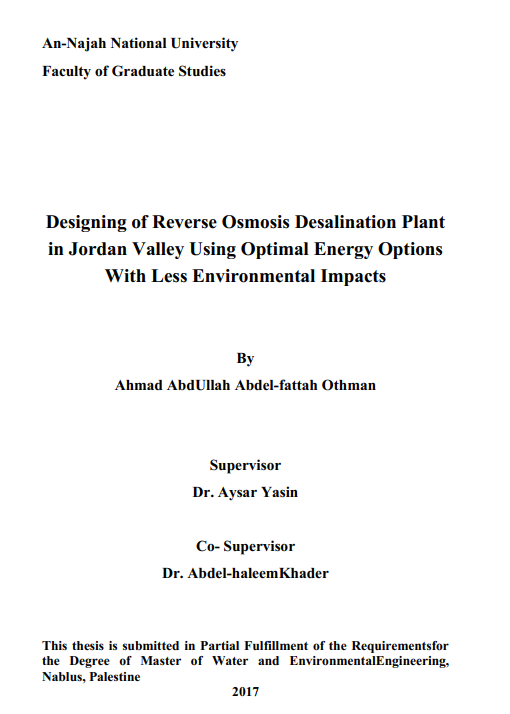
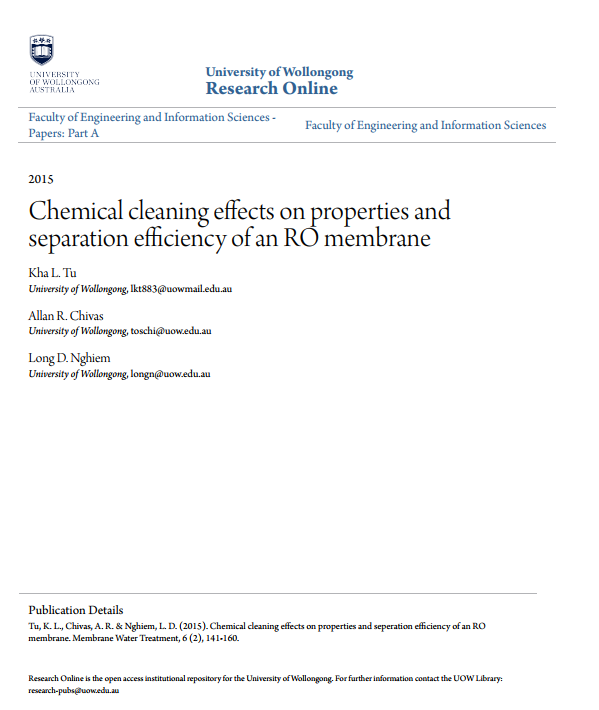

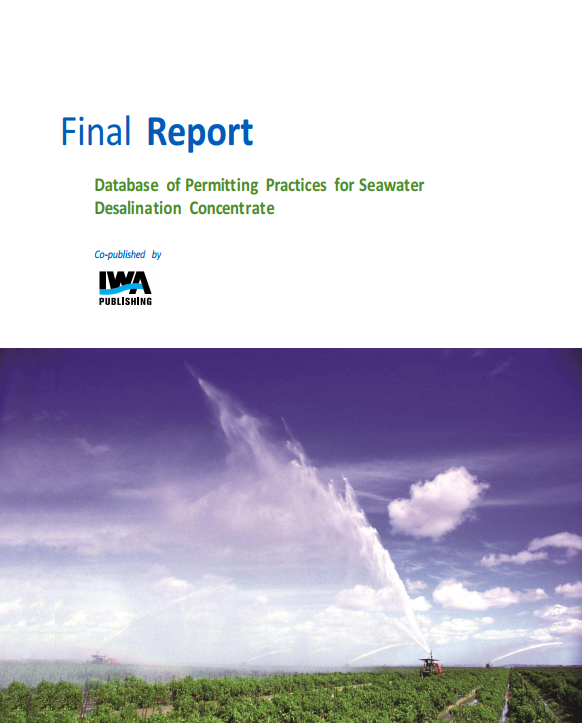
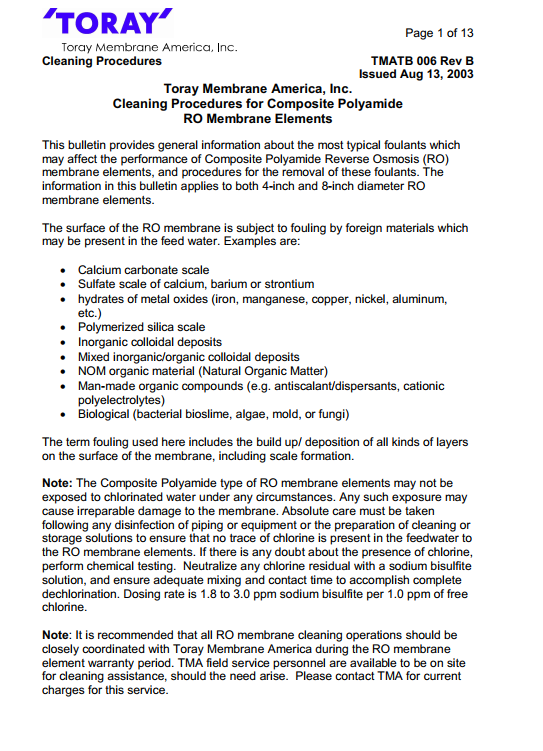
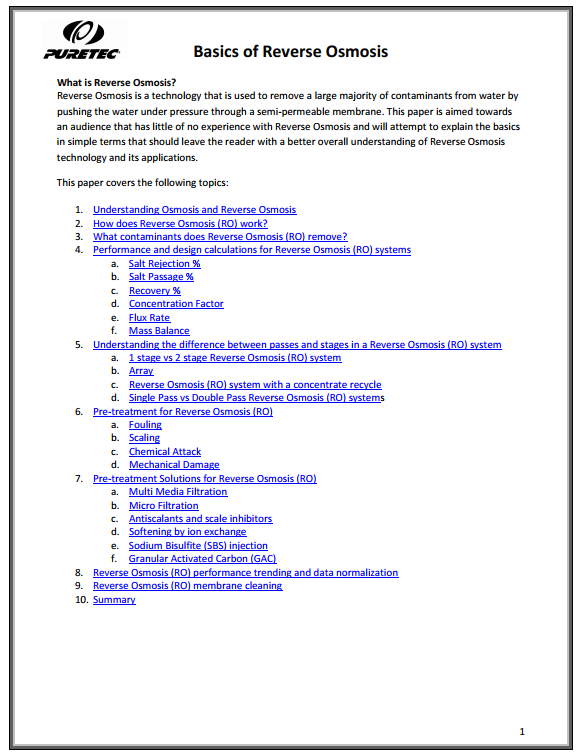
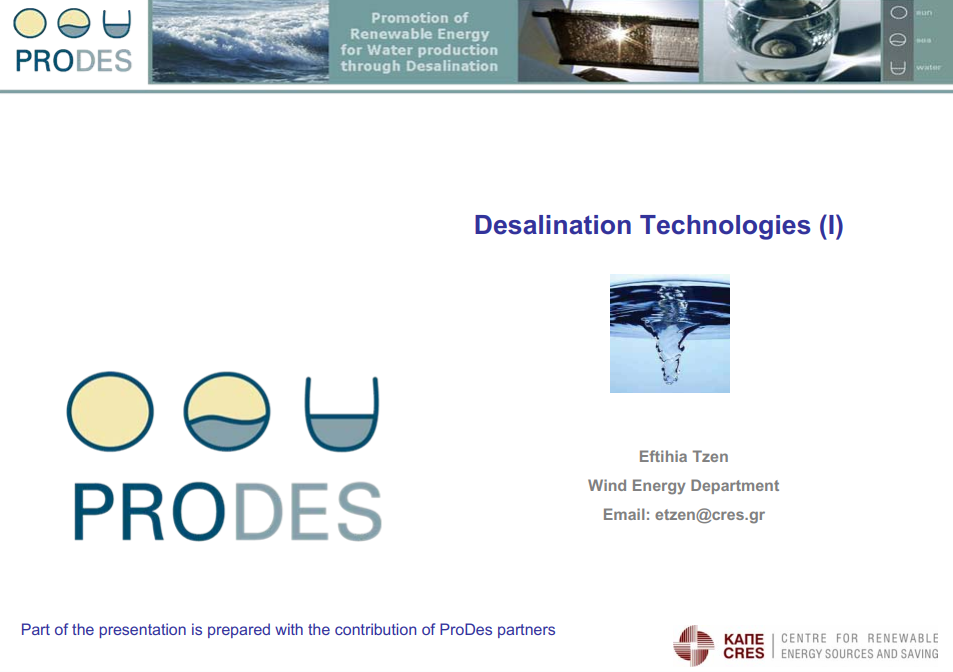
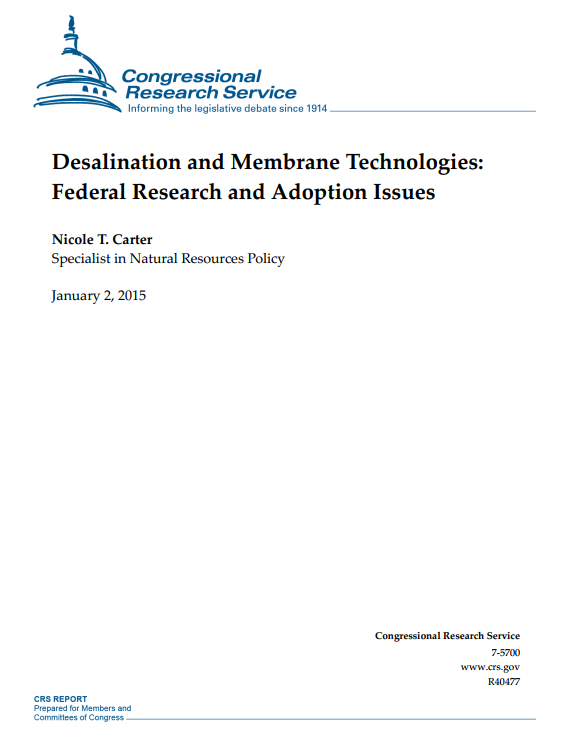
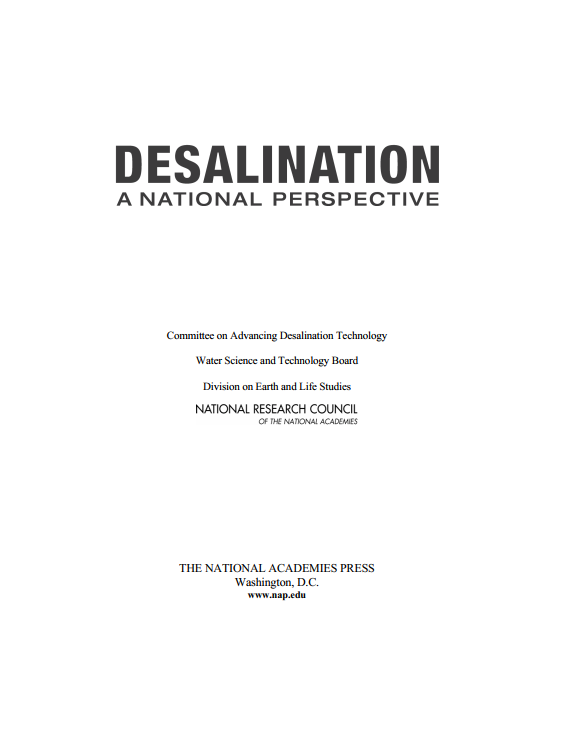

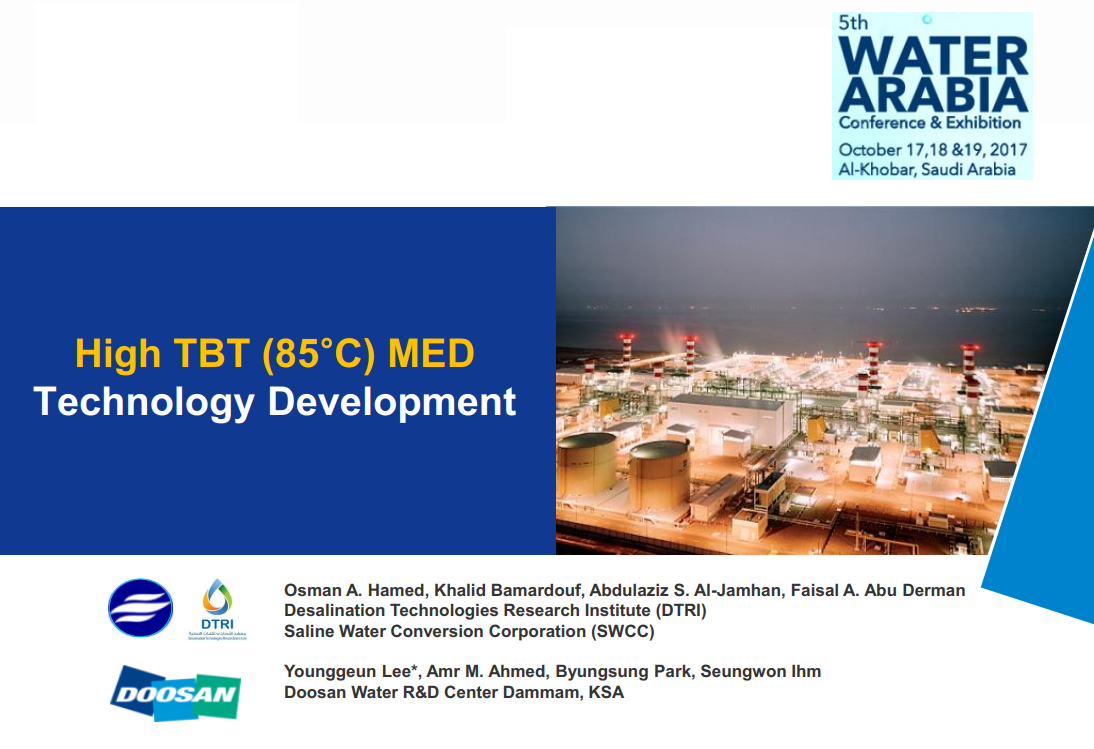


Reviews
There are no reviews yet.